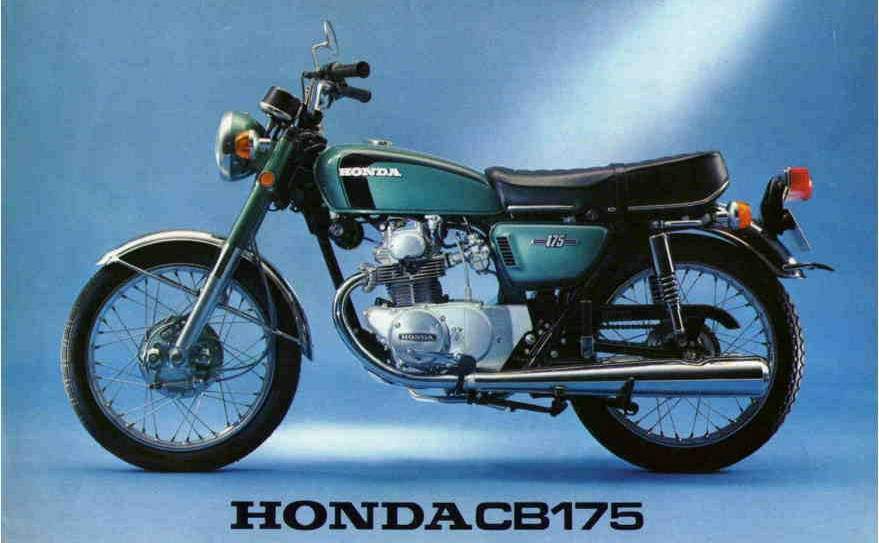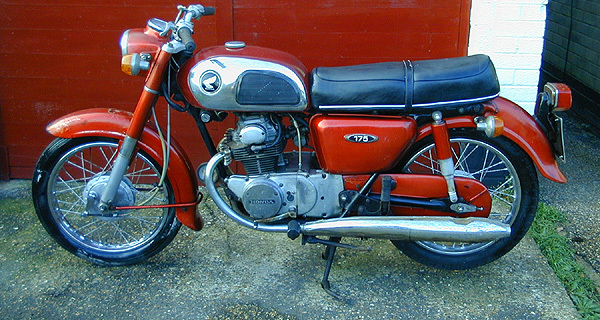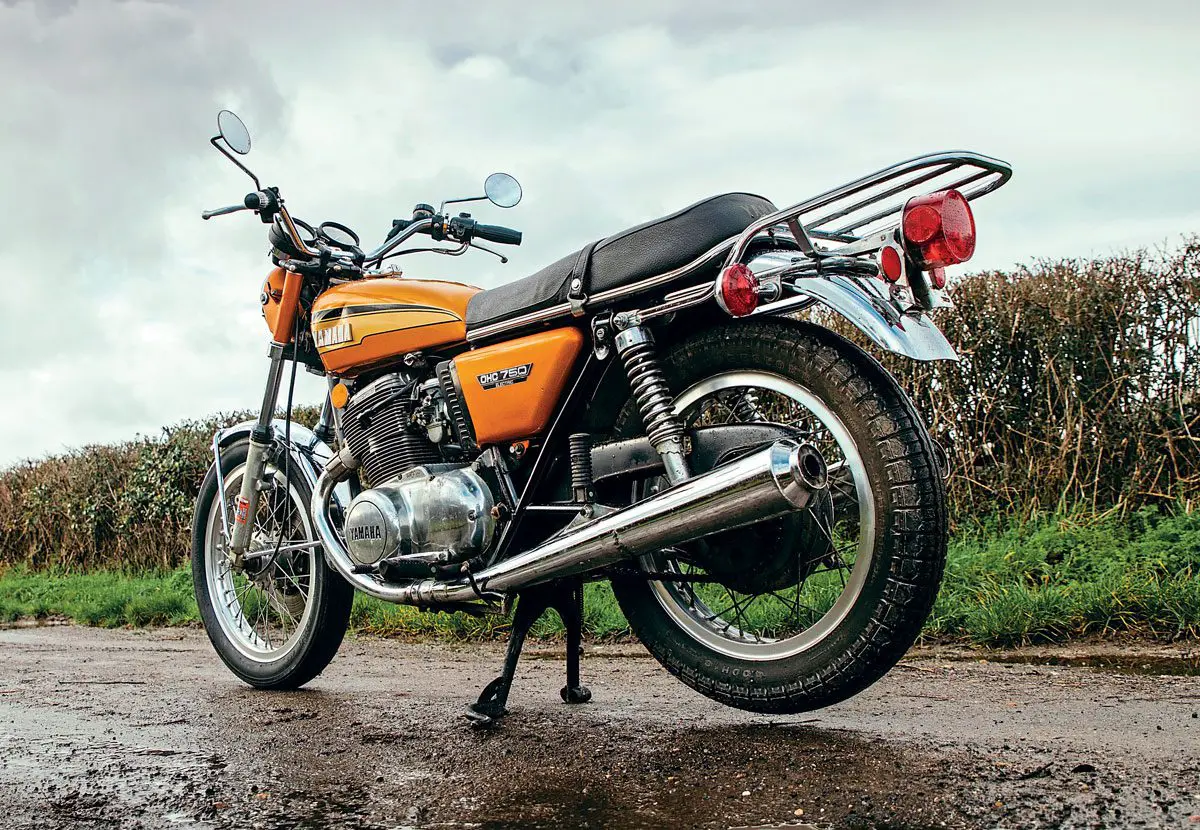- Joined
- Aug 5, 2017
- Messages
- 1,443
Hi guys, with all the inherent issues with a parallel twin engine design over a 180 degree twin, why did Norton & indeed the majority of the British motorcycle industry go down the parallel twin road??
I cant believe the technology & tooling wasn't available at the time so was it down to cost or just dog headed management?
I cant believe the technology & tooling wasn't available at the time so was it down to cost or just dog headed management?





